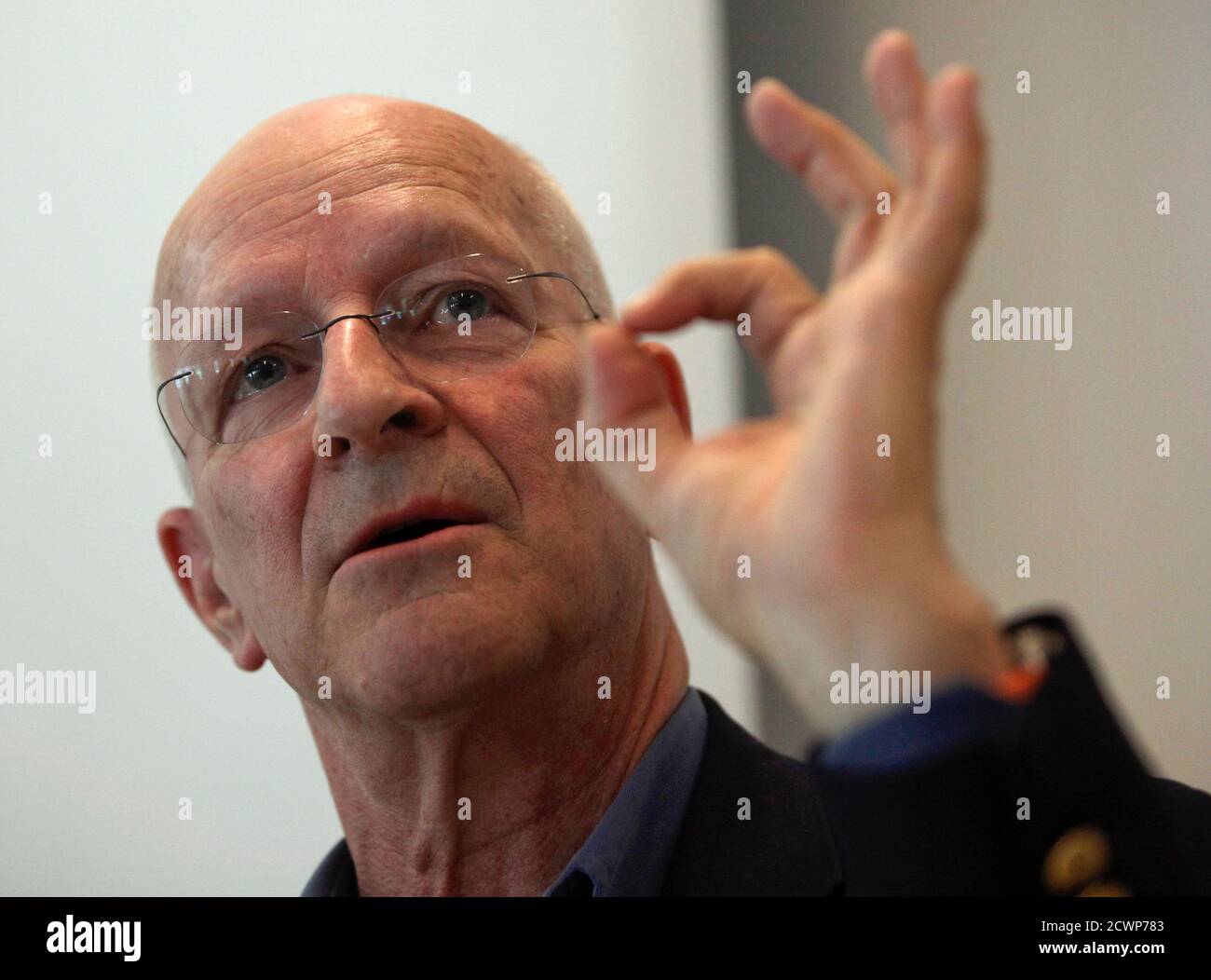

Current legal liability provisions that place all liability with the launching State do not help to facilitate any active removal activity. The current space law regime has no formal definition of space debris in that all elements in space are simply known as “space objects” despite whether they are functional or not. In addition to the technical and prohibitive cost associated with active orbital debris mitigation, there are legal issues as well. The launch of many small satellites with many of them lacking either an active or passive deorbit capability complicates the orbital debris problem even further. Nevertheless, many proposals regarding various debris mitigation methodologies are being pursued. The cost of active debris removal is very high and the appropriate technology that would be ideal for this purpose remains elusive.

This orbital debris problem is a difficult one for many reasons. There is increasing international agreement that a process for active removal of orbital debris elements – once they are clearly defined – will become necessary to address this problem that continues to grow worse over time despite the guidelines to minimize new debris. But these guidelines are insufficient to prevent the buildup of additional debris, particularly in low earth orbit and polar orbits, where the problem is more severe. These include the 25 year rule for active or passive deorbiting of debris and the degassing of excess fuel that can lead to explosions in space. Today there are international guidelines to control the debris population by deorbiting the upper stages of launch vehicles and other preventive measures. This concern, which today is quite real, has become known as the Kessler syndrome. In particular, he noted that at some stage the accumulation of orbital space debris would begin to create new debris due to collisions and that this cascading process would threaten the long-term sustainability of human activities in space, including key space applications for communications, navigation, remote sensing, and weather monitoring. In the 1980s Donald Kessler of NASA noted the continuing buildup of space debris and projected that if not mitigated, it would severely limit future safe access to space.


 0 kommentar(er)
0 kommentar(er)
